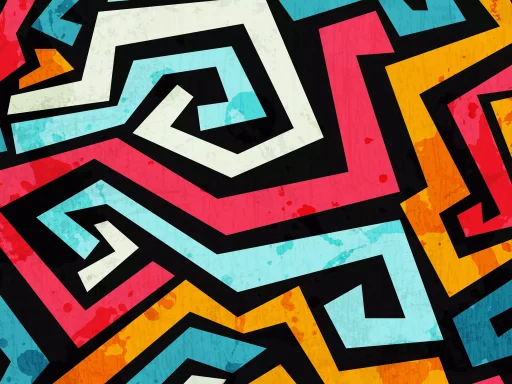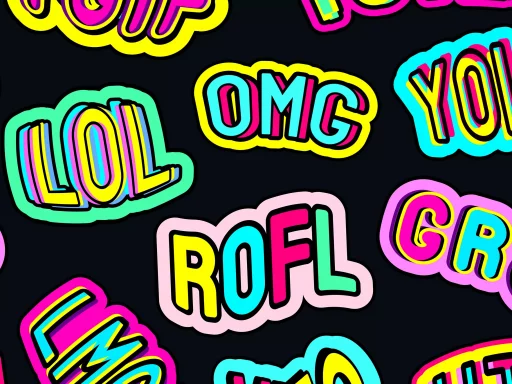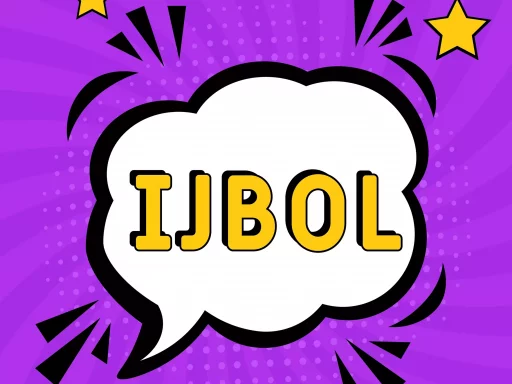Introduction
Beat slang, also known as Beat speak, was a language used by the Beat Generation in the 1950s and 1960s. It was characterized by its non-conformist attitude, poetic rhythm, and rebellious spirit. The Beat Generation, led by iconic figures like Jack Kerouac and Allen Ginsberg, used this slang to rebel against societal norms and express their unique worldview.
Origins of Beat Slang
Beat slang originated in the underground cafes and jazz clubs of New York City and San Francisco. It was heavily influenced by the African American jazz musicians and poets who frequented these venues. The Beats were drawn to the authenticity and raw emotion of their performances, and they sought to emulate this in their own language.
Characteristics of Beat Slang
Beat slang was characterized by its spontaneity, creativity, and rejection of traditional grammar rules. It featured a mix of jargon, street talk, and poetic imagery. Some common features of Beat slang included:
- Use of unconventional words and phrases
- Playful use of language
- Obscure references and metaphors
- Poetic rhythm and cadence
Examples of Beat Slang
Some famous examples of Beat slang include:
- “Dig it”: To understand or appreciate something
- “Cool cat”: A hip or stylish person
- “Beatnik”: A member of the Beat Generation
- “On the road”: Traveling or seeking adventure
Impact of Beat Slang
Beat slang had a significant impact on counterculture language and popular culture. It influenced the language of the 1960s hippie movement, as well as the punk and grunge subcultures of the 1970s and 1990s. It also had a lasting influence on American literature, music, and film.
Case Study: How Beat Slang Shaped Music
One of the most famous examples of Beat slang in music is Bob Dylan’s song “Subterranean Homesick Blues.” The song’s rapid-fire delivery and cryptic lyrics reflect the spirit of Beat slang and its emphasis on spontaneity and rebellion. Dylan was heavily influenced by Beat poets like Ginsberg and Kerouac, and he incorporated their language into his own work.
Conclusion
Beat slang was more than just a language—it was a rebellion against conformity, a celebration of individualism, and a reflection of a changing society. Its influence can still be seen today in the language of artists, writers, and musicians who continue to push boundaries and challenge the status quo.






